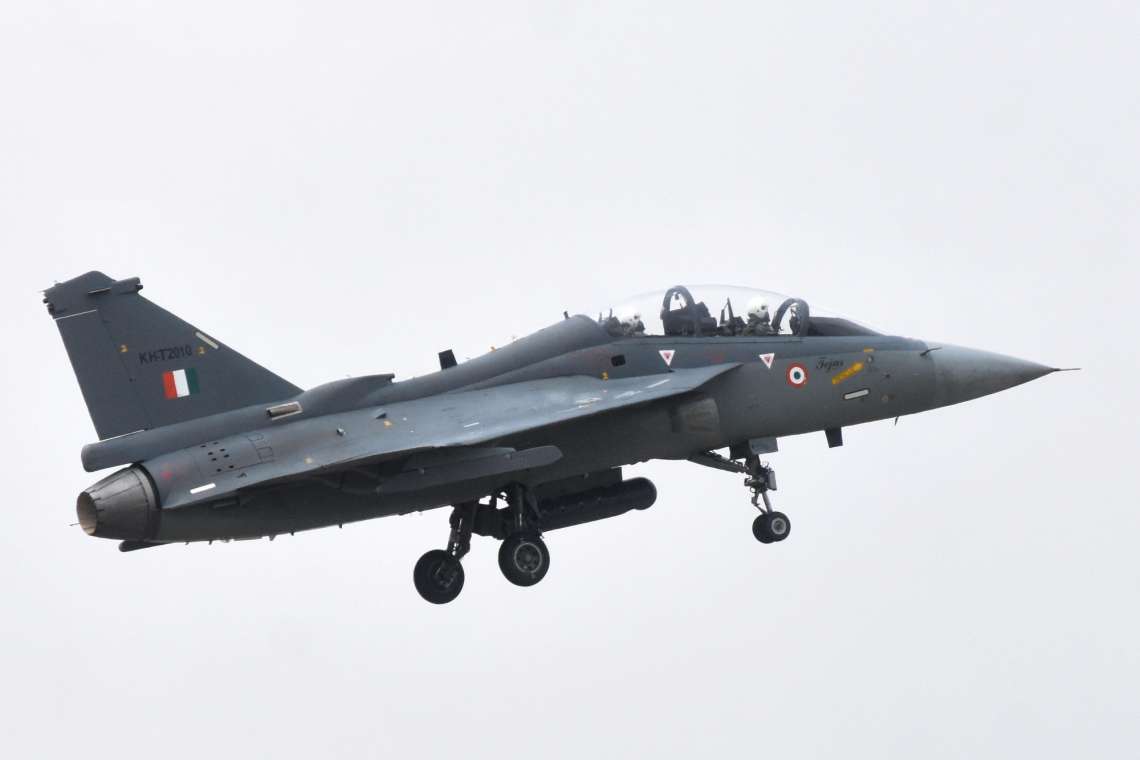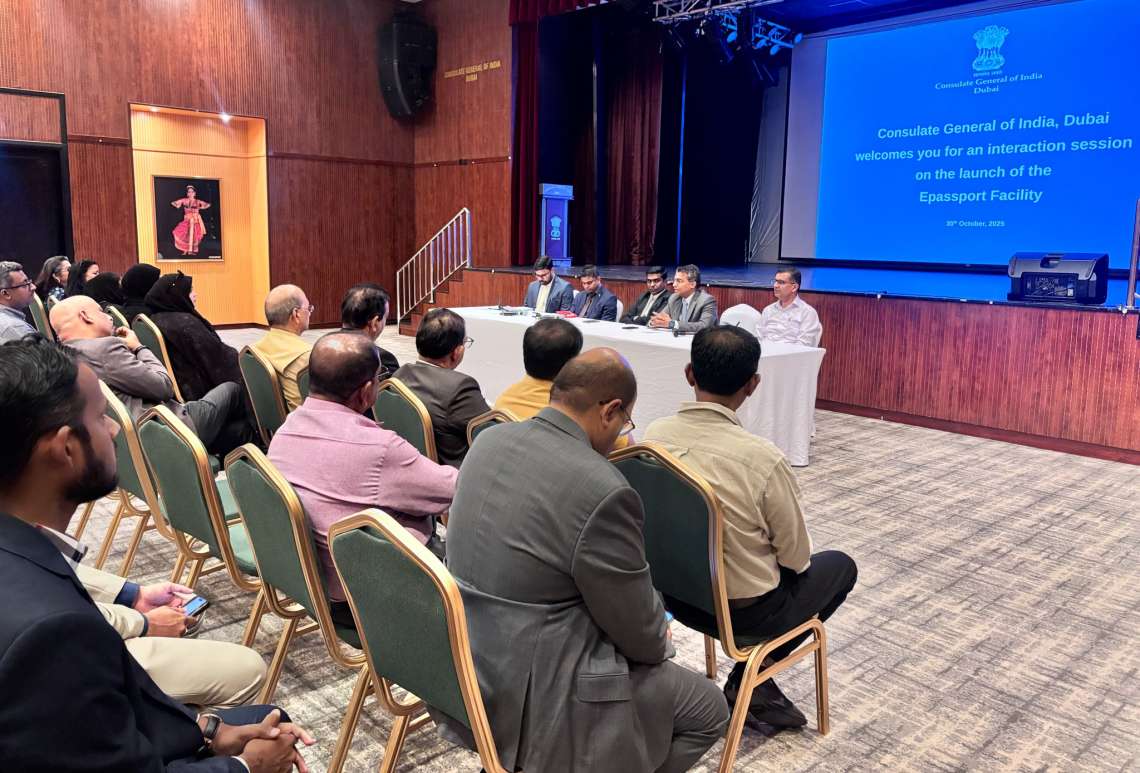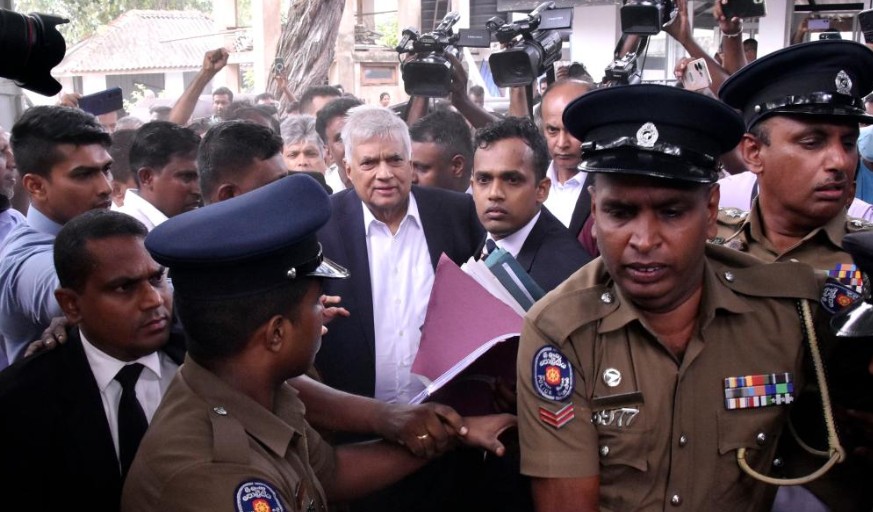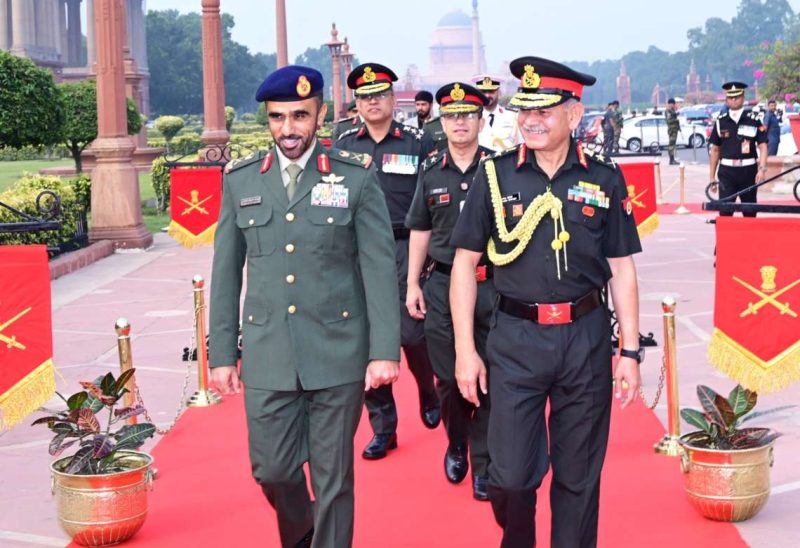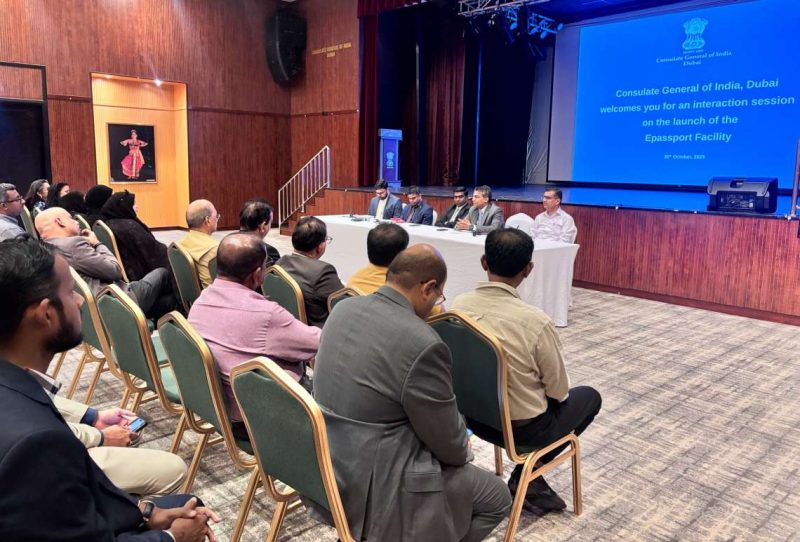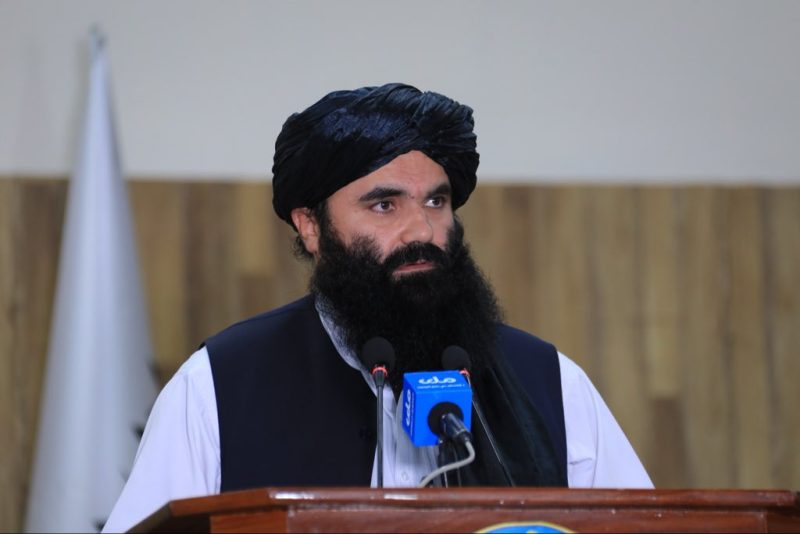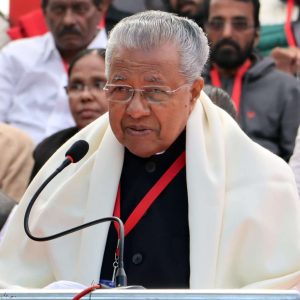India closes in on a $1 billion deal with GE for 113 fighter engines, securing continuity for HAL’s LCA Mark 1A programme and future-proofing IAF capability.
India is set to take another major leap in its push for self-reliance in defence as negotiations near completion for the purchase of 113 more GE-404 engines from American firm General Electric (GE). The deal, valued at around USD 1 billion (approx. ₹8,300 crore), will provide the crucial power source for the upcoming batch of Light Combat Aircraft (LCA) Mark 1A fighters.
The agreement, expected to be signed by September, comes shortly after the Centre cleared a massive ₹62,000 crore deal to acquire 97 additional LCA Mark 1A fighter jets for the Indian Air Force (IAF). Together, the aircraft and engine procurements underscore New Delhi’s determination to strengthen its air power while boosting the ‘Atmanirbhar Bharat’ initiative in defence production.
A boost for HAL and IAF
Hindustan Aeronautics Limited (HAL), the state-owned aerospace major leading the indigenous fighter programme, has already signed a contract for 99 GE-404 engines for the first 83 LCAs ordered. The additional 113 engines will complete HAL’s total requirement of 212 engines for the expanded fleet of 180 fighters.
“This ensures continuity of engine supplies, preventing any disruption in aircraft delivery schedules,” a senior defence official noted. HAL aims to supply the first 83 LCA Mark 1A aircraft by 2029–30, followed by the next 97 fighters by 2033–34.
Alongside the GE-404 deal, HAL is also in advanced negotiations with GE for the purchase of 200 GE-414 engines, which will power the next-generation LCA Mark 2 and the Advanced Medium Combat Aircraft (AMCA).
To meet commitments, GE is expected to supply two engines per month, a rate that will allow HAL to maintain steady production and avoid bottlenecks.
Advanced engines for future jets
Alongside the GE-404 deal, HAL is also in advanced negotiations with GE for the purchase of 200 GE-414 engines, which will power the next-generation LCA Mark 2 and the Advanced Medium Combat Aircraft (AMCA).
The prospective USD 1.5 billion agreement for GE-414 engines is expected to include up to 80 per cent transfer of technology, a significant step for India’s long-term ambitions in aircraft engine design and manufacture. The IAF requires 162 engines for the LCA Mark 2 fleet, in addition to 10 engines for the five AMCA prototypes.
Replacing the MiG-21s
The LCA programme is central to India’s plan to phase out its ageing fleet of MiG-21 fighters, which are finally set to retire in the coming weeks. The induction of LCAs will not only modernise the IAF’s combat capability but also reduce dependency on legacy platforms.
Defence analysts point out that while India continues to import key technologies, such deals are structured to support wider indigenisation efforts. The Defence Ministry and Air Headquarters have fully backed the LCA project, which has drawn in hundreds of small and medium enterprises (SMEs) across the country, thereby creating a domestic ecosystem for defence manufacturing.
India is already pursuing an indigenous fighter engine development programme, in collaboration with French aerospace giant Safran. Officials say this effort will eventually allow India to manufacture advanced jet engines within the country, cutting reliance on foreign suppliers in the long run.
For now, the collaboration with GE ensures that India’s frontline fighter projects remain on track, while technology transfer clauses promise to accelerate domestic expertise in the aerospace sector.
The twin-track approach—securing foreign partnerships while advancing indigenous projects—fits into the government’s vision of transforming India into a global defence manufacturing hub. With the MiG-21s set to bow out and the LCA Mark 1A, Mark 2, and AMCA preparing to enter service, India’s fighter fleet is on the cusp of its most significant generational transformation in decades.


